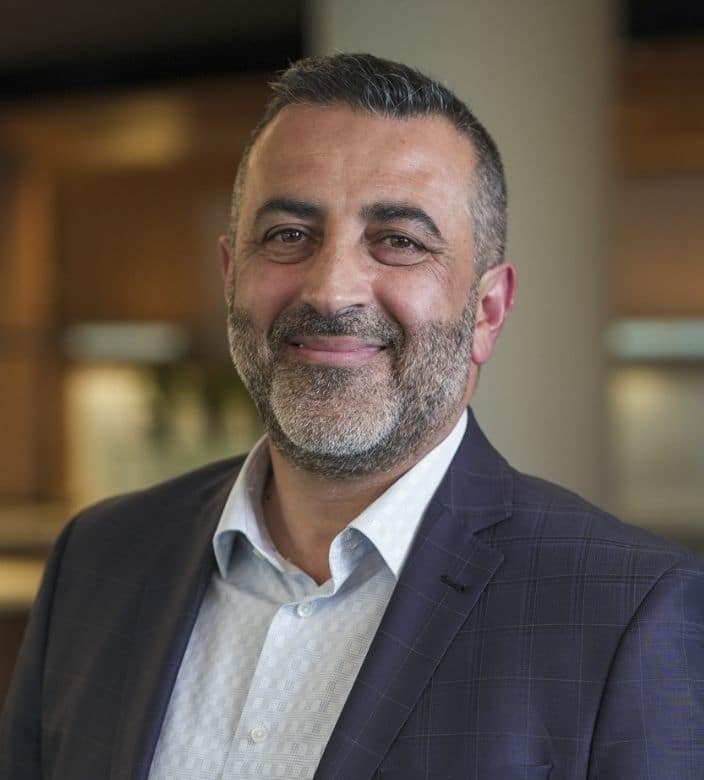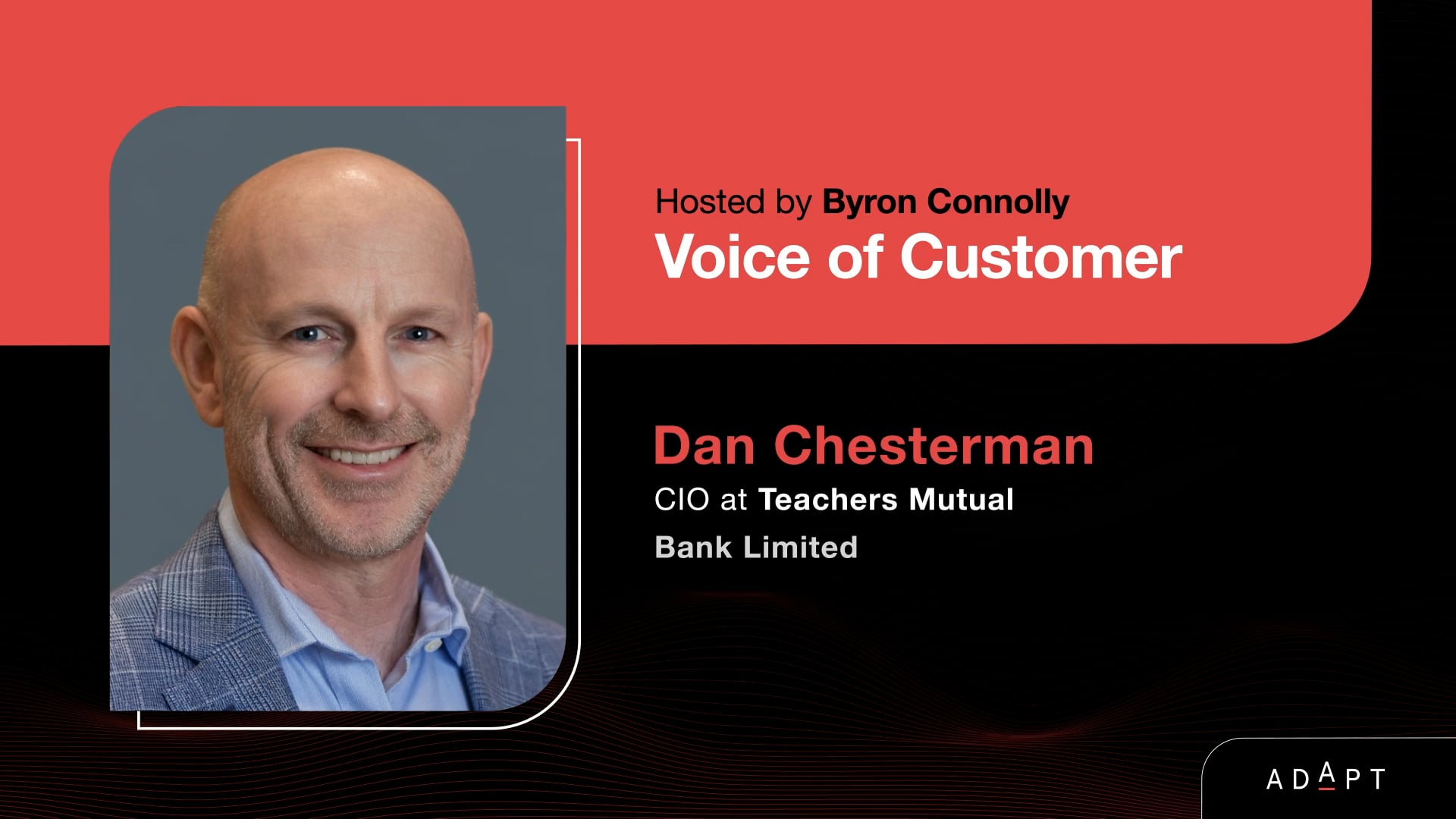IT as a Business Driver: Lessons from CIO50 #1 Sami Yalavac
Sami Yalavac's insights into IT prioritisation highlight the importance of IT leaders seeing themselves as business leaders, using frameworks to debate with stakeholders, focusing on delivery, and balancing BAU with innovation.Bupa is a healthcare company that recognises the importance of IT in driving business operations.
Sami Yalavac, a former CIO at Bupa, has a wealth of experience in the field and shares his thoughts on how to satisfy aspirations from the business and lead prioritisation.
First, IT leaders should see themselves as business leaders and understand the expectations from government and stakeholders, as well as competition and customers.
This way, they will be positioned to drive conversations about prioritisation. IT leaders should also be aware that others may not know the dependencies or resource limitations and can use this to identify bottlenecks.
Scoring requests to determine the highest-ranked projects may not always be the answer. Financial value is not always the solution, as the value varies per type of organisation.
For example, in government, the value is providing services to citizens.
Debating with stakeholders can be a challenge, but using a framework can help. Bupa has a ‘hub’ where they conduct forums for debates and weigh requests in terms of compliance and risk, using science as a starting point.
The governance and framework will guide discussions, and this will benefit delivery teams by helping them know what is a priority and what matters.
IT is a role that influences business operations, and Sami’s tech pedigree allows him to advise on emerging technologies. By positioning IT as part of the leadership team, they will better understand pain points and advise solutions.
Prioritisation is an art and a science, and each function should have different accountability. The core architectural team identifies dependencies, while the planning team determines the resources required to deliver initiatives.
For CIOs, the focus should be on delivery. Without influencing plans, the job will be very difficult.
IT can push back on business plans by having a good PMO to facilitate discussions, taking a proactive role, winning the trust of the business, and presenting the benefits, such as increased market share.
Creating business outcomes with technology requires a balance between risk and expenses. IT prioritisation should be about articulating value to achieve more trust in the business and make jobs easier.
Project management can be done using an Agile methodology applied to the whole of the business, forcing teams to prioritise.
As Sami will share at CIO Edge Melbourne, the exponential value of IT is reconciling BAU (business as usual) and innovating for the future. IT leaders must steer the ship, but also be aware of potential risks.
Sami Yalavac’s insights into IT prioritisation highlight the importance of IT leaders seeing themselves as business leaders, using frameworks to debate with stakeholders, focusing on delivery, and balancing BAU with innovation.






























